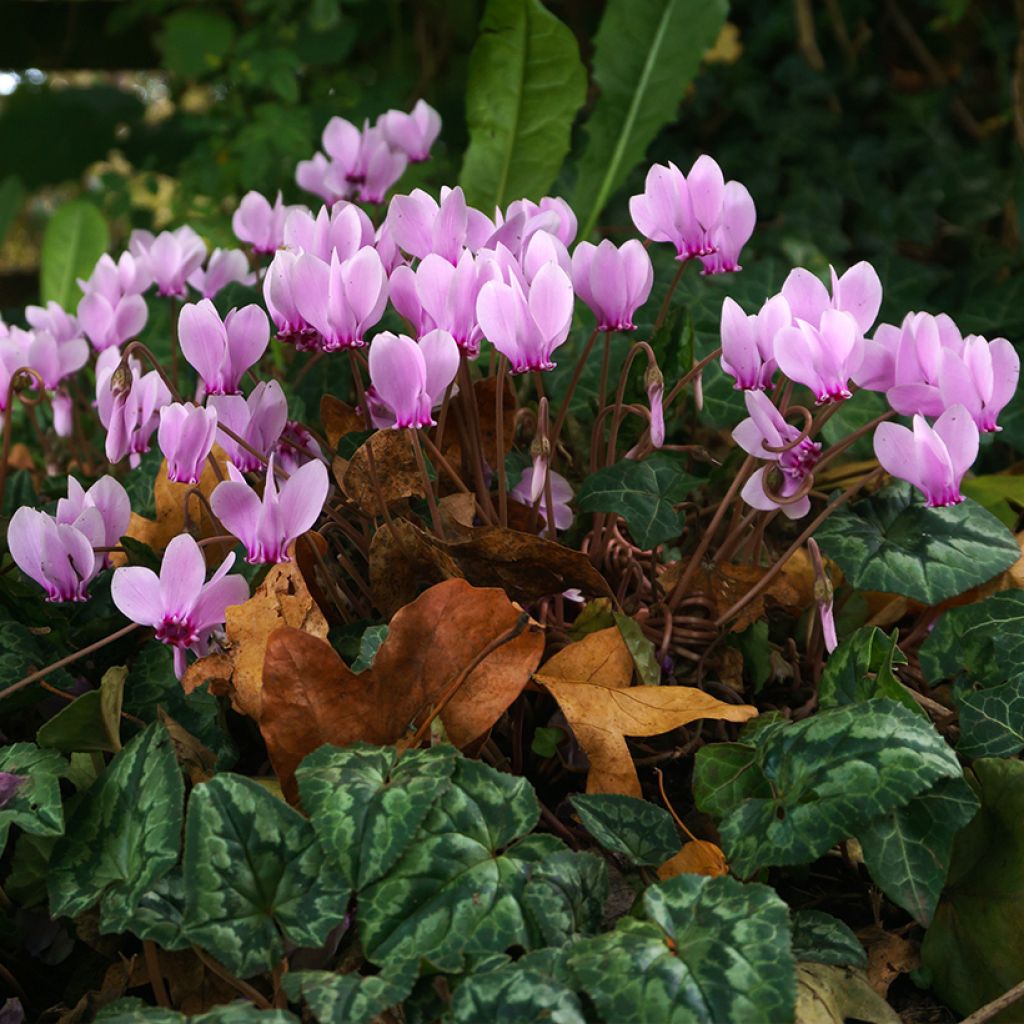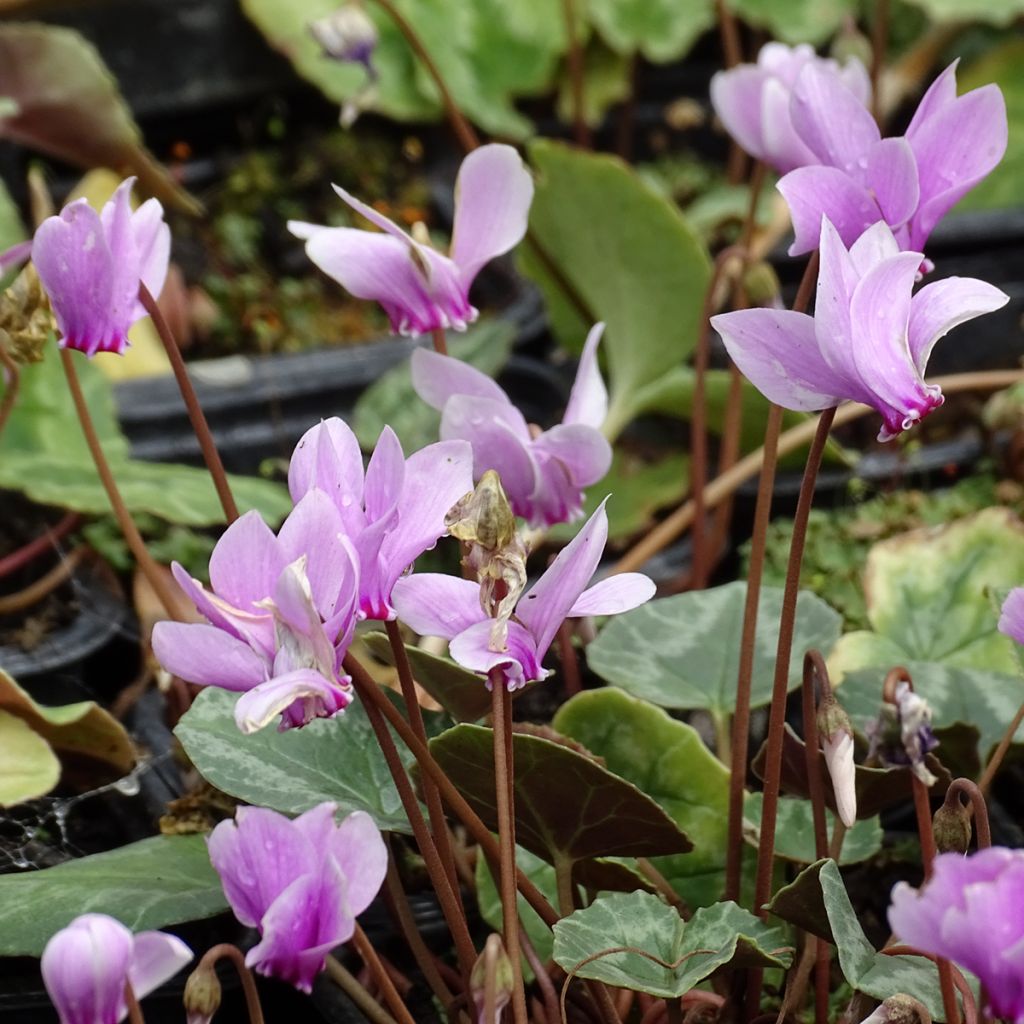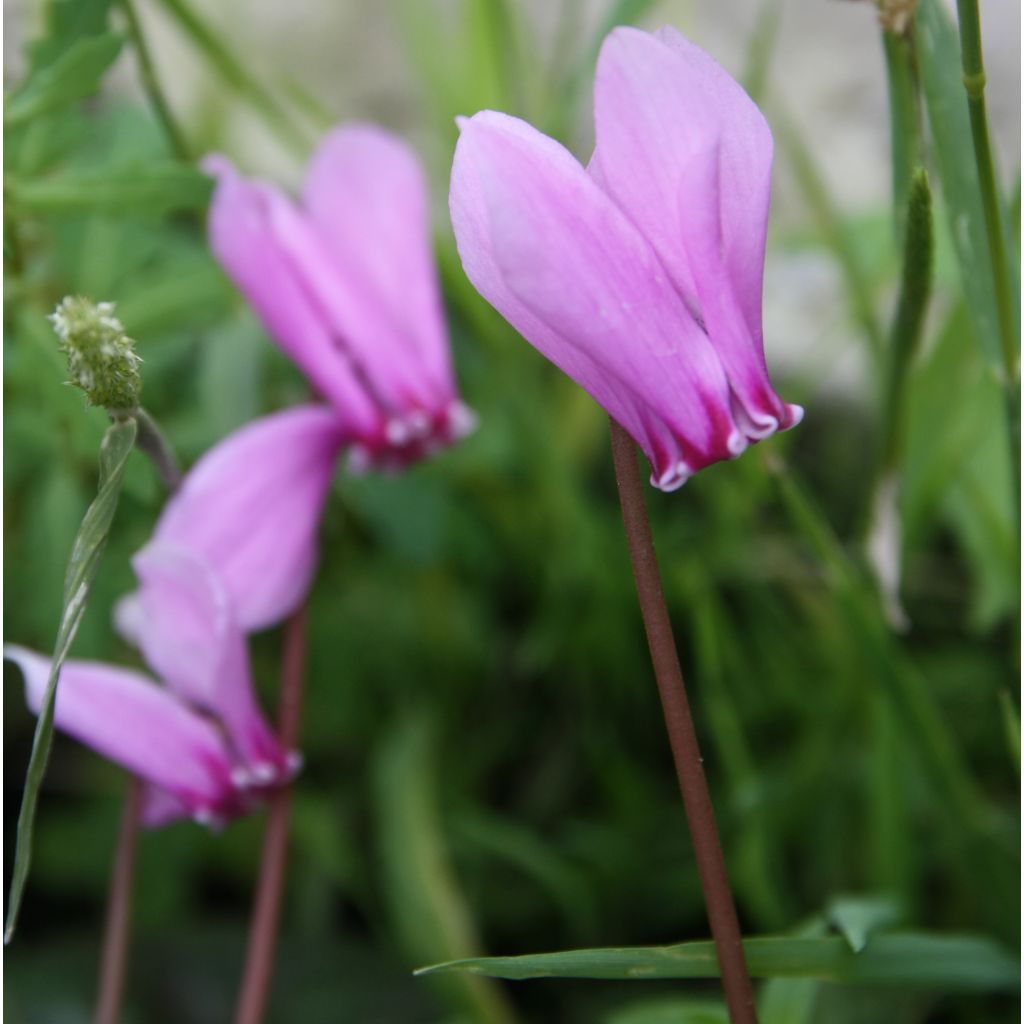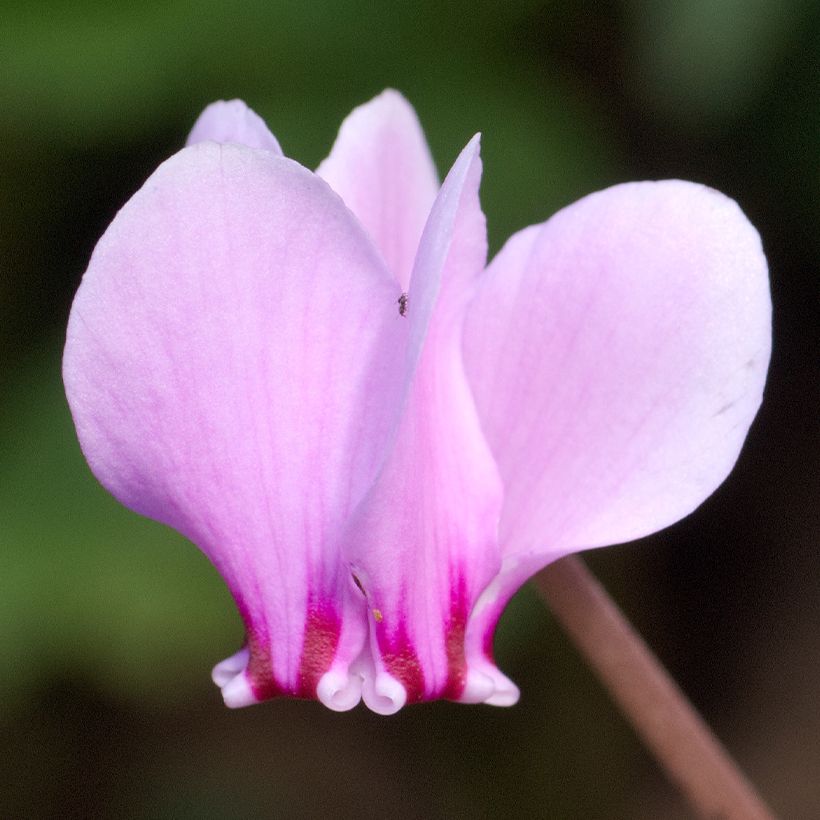

Pink Naples Cyclamen


Pink Naples Cyclamen


Pink Naples Cyclamen


Pink Naples Cyclamen


Pink Naples Cyclamen


Pink Naples Cyclamen


Pink Naples Cyclamen


Pink Naples Cyclamen


Pink Naples Cyclamen


Pink Naples Cyclamen


Pink Naples Cyclamen


Pink Naples Cyclamen


Pink Naples Cyclamen


Pink Naples Cyclamen


Pink Naples Cyclamen
Pink Naples Cyclamen
Cyclamen hederifolium
Ivy-leaved cyclamen
This item cannot be shipped to the selected country
Delivery charge from €5.90
Delivery charge from €5.90
Delivery charge from €5.90
Delivery charge from €5.90
More information
Schedule delivery date,
and select date in basket
This plant carries a 6 months recovery warranty
More information
We guarantee the quality of our plants for a full growing cycle, and will replace at our expense any plant that fails to recover under normal climatic and planting conditions.
From €5.90 for pickup delivery and €6.90 for home delivery
Express home delivery from €8.90.
From €5.90 for pickup delivery and €6.90 for home delivery
Express home delivery from €8.90.
From €5.90 for pickup delivery and €6.90 for home delivery
Express home delivery from €8.90.
From €5.90 for pickup delivery and €6.90 for home delivery
Express home delivery from €8.90.
Does this plant fit my garden?
Set up your Plantfit profile →
Description
The Naples Cyclamen, in Latin Cyclamen hederifolium or C. neapolitanum, is a charming small tuberous perennial that flowers in autumn. Perfectly adapted to hot climates, which allow its tuber to mature in dry soil, this small plant awakens with the first rains at the end of summer in the form of small pink and curled flowers appearing before the marbled green and silver foliage. It will form a remarkable carpet from autumn to the end of the following spring. The Naples cyclamen quickly naturalises, covering the shade or dry semi-shade that prevails at the foot of trees and bushes, in semi-shaded rockeries, along pathways, always in well-drained soil and away from the scorching sun.
Cyclamen hederifolium, the Ivy-leaved Cyclamen, is native to southern Europe. In nature, it is found in undergrowth and under bushes, in rocky and often limestone soil and belongs to the Primulaceae family, just like primroses.
It is a perennial herbaceous plant with a wide and flattened cork-like tuber equipped with lateral and upper roots. Its growth develops after flowering in a small creeping tuft measuring 10 cm (4in) in height, consisting of triangular leaves with dentate margins, thick and leathery, carried by petioles. Their size varies from 3 to 8 cm (1 to 3in) in length. Each leaf is different, more or less marbled with tender green to dark green and silver white, but all show a purple underside. The flowering occurs at the end of summer, from August to October to November, depending on the region and climatic conditions. Each tuber produces several small flowers borne by a peduncle 10-15 cm (4-6in) above the ground. The flower, measuring 1 cm (1in) to 1.5 cm (1in) in length, comprises five petals curled backwards and a corolla of 5 fused petals in the centre. A small, darker spot is visible at the base of this tender pink flower. The fruit is a rounded capsule with a corkscrew-like pedicel, which is very effective for burying it underground, where its fresh seeds will be released. This plant self-seeds or transports the seeds with the help of ants.
They multiply independently over the years, forming unforgettable carpets in the dry and shaded areas of the garden that are difficult to design. It is a perfect plant to enhance the base of a deciduous tree (Montpellier maple, downy oak) in very rocky soil. It is resistant to cold, but its tuber dislikes excessive humidity in winter and summer. It will find its place in a semi-shaded rockery in the company of Anemone blanda. To enjoy a double flowering, mix them with Cyclamen coum, which will flower in spring.
Report an error about the product description
Pink Naples Cyclamen in pictures




Plant habit
Flowering
Foliage
Botanical data
Cyclamen
hederifolium
Primulaceae
Ivy-leaved cyclamen
Mediterranean
Other Cyclamen
Planting and care
When planting cyclamens, it's important to consider the following tips for success. First, plant them 5 cm (2in) deep in soil that is light, moderately fertile, and rich in limestone and compost. Cyclamens are sensitive to rotting, so ensure the soil is well-drained. Leave a space of 15 cm (6in) between each bulb and plant them in a shaded or partially shaded area during the summer.
When planting, remember that the smooth part of the bulb should be placed at the bottom. If you're unsure of the direction, place the bulb upright on its side and it will tip itself over. Water the cyclamens moderately and reduce watering during flowering. Provide a dry summer rest with no excess humidity.
If you have potted plants, apply fertilizer every 15 days and remove wilted leaves and flowers. Cyclamens typically take a year to establish and bloom, flowering from August to October. They are easy to cultivate and suitable for all climates. For a double flowering in spring and autumn, you can plant Naples Cyclamens with Coum Cyclamens.
Planting period
Intended location
Care
-
, onOrder confirmed
Reply from on Promesse de fleurs
Autumn bulbs A to Z
Haven't found what you were looking for?
Hardiness is the lowest winter temperature a plant can endure without suffering serious damage or even dying. However, hardiness is affected by location (a sheltered area, such as a patio), protection (winter cover) and soil type (hardiness is improved by well-drained soil).

Photo Sharing Terms & Conditions
In order to encourage gardeners to interact and share their experiences, Promesse de fleurs offers various media enabling content to be uploaded onto its Site - in particular via the ‘Photo sharing’ module.
The User agrees to refrain from:
- Posting any content that is illegal, prejudicial, insulting, racist, inciteful to hatred, revisionist, contrary to public decency, that infringes on privacy or on the privacy rights of third parties, in particular the publicity rights of persons and goods, intellectual property rights, or the right to privacy.
- Submitting content on behalf of a third party;
- Impersonate the identity of a third party and/or publish any personal information about a third party;
In general, the User undertakes to refrain from any unethical behaviour.
All Content (in particular text, comments, files, images, photos, videos, creative works, etc.), which may be subject to property or intellectual property rights, image or other private rights, shall remain the property of the User, subject to the limited rights granted by the terms of the licence granted by Promesse de fleurs as stated below. Users are at liberty to publish or not to publish such Content on the Site, notably via the ‘Photo Sharing’ facility, and accept that this Content shall be made public and freely accessible, notably on the Internet.
Users further acknowledge, undertake to have ,and guarantee that they hold all necessary rights and permissions to publish such material on the Site, in particular with regard to the legislation in force pertaining to any privacy, property, intellectual property, image, or contractual rights, or rights of any other nature. By publishing such Content on the Site, Users acknowledge accepting full liability as publishers of the Content within the meaning of the law, and grant Promesse de fleurs, free of charge, an inclusive, worldwide licence for the said Content for the entire duration of its publication, including all reproduction, representation, up/downloading, displaying, performing, transmission, and storage rights.
Users also grant permission for their name to be linked to the Content and accept that this link may not always be made available.
By engaging in posting material, Users consent to their Content becoming automatically accessible on the Internet, in particular on other sites and/or blogs and/or web pages of the Promesse de fleurs site, including in particular social pages and the Promesse de fleurs catalogue.
Users may secure the removal of entrusted content free of charge by issuing a simple request via our contact form.
The flowering period indicated on our website applies to countries and regions located in USDA zone 8 (France, the United Kingdom, Ireland, the Netherlands, etc.)
It will vary according to where you live:
- In zones 9 to 10 (Italy, Spain, Greece, etc.), flowering will occur about 2 to 4 weeks earlier.
- In zones 6 to 7 (Germany, Poland, Slovenia, and lower mountainous regions), flowering will be delayed by 2 to 3 weeks.
- In zone 5 (Central Europe, Scandinavia), blooming will be delayed by 3 to 5 weeks.
In temperate climates, pruning of spring-flowering shrubs (forsythia, spireas, etc.) should be done just after flowering.
Pruning of summer-flowering shrubs (Indian Lilac, Perovskia, etc.) can be done in winter or spring.
In cold regions as well as with frost-sensitive plants, avoid pruning too early when severe frosts may still occur.
The planting period indicated on our website applies to countries and regions located in USDA zone 8 (France, United Kingdom, Ireland, Netherlands).
It will vary according to where you live:
- In Mediterranean zones (Marseille, Madrid, Milan, etc.), autumn and winter are the best planting periods.
- In continental zones (Strasbourg, Munich, Vienna, etc.), delay planting by 2 to 3 weeks in spring and bring it forward by 2 to 4 weeks in autumn.
- In mountainous regions (the Alps, Pyrenees, Carpathians, etc.), it is best to plant in late spring (May-June) or late summer (August-September).
The harvesting period indicated on our website applies to countries and regions in USDA zone 8 (France, England, Ireland, the Netherlands).
In colder areas (Scandinavia, Poland, Austria...) fruit and vegetable harvests are likely to be delayed by 3-4 weeks.
In warmer areas (Italy, Spain, Greece, etc.), harvesting will probably take place earlier, depending on weather conditions.
The sowing periods indicated on our website apply to countries and regions within USDA Zone 8 (France, UK, Ireland, Netherlands).
In colder areas (Scandinavia, Poland, Austria...), delay any outdoor sowing by 3-4 weeks, or sow under glass.
In warmer climes (Italy, Spain, Greece, etc.), bring outdoor sowing forward by a few weeks.















































